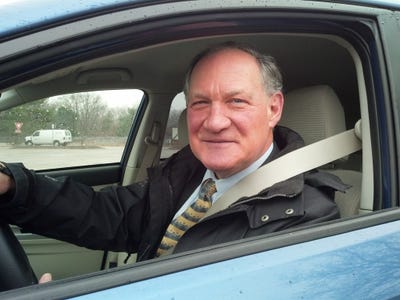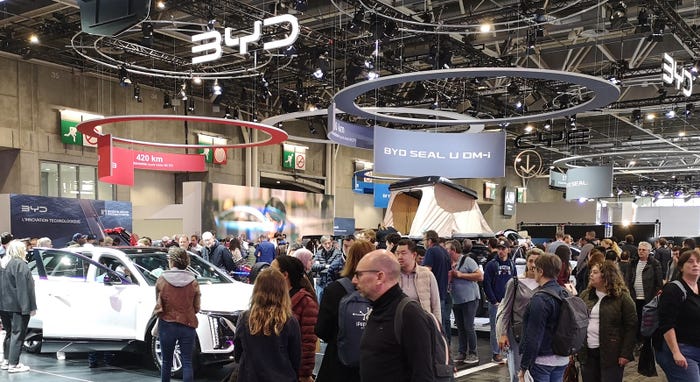
Toyota is on a roll with its digital auto-retailing initiative, Smartpath, and the automaker credits dealer feedback for much of the success.
“We were able to do it hand-in-hand with the dealers,” says John Myers, Toyota Motor North America’s general manager for retail transformation.
The platform allows consumers to buy a vehicle virtually online.
Customers determine how much of their deals they prefer to complete online, says Matthew Heydon, Toyota Financial Services’ group manager for retail transformation. “When they go to the dealership, they can pick up right where they left off. It creates efficiencies, trust and timesaving.”
Today’s automotive consumers want to do more transactionally from their homes, Myers tells Wards. “This makes it easier on both dealership employees and customers. It lifts the whole buying process.”
Smartpath’s counterpart for Toyota’s Lexus luxury brand is called Monogram.
The platform expanded from vehicle sales to the service side of the business in 2023.
Plans call for launching an enhanced finance and insurance element in 2024’s second quarter. Features will include digital deal jackets and menus.
Smartpath development began pre-COVID, then went into high gear during the height of the epidemic.
“COVID really accelerated the acceptance and need for a digital retail tool,” Myers says. “It compressed about ten years of change into an 18-month period.”
There are currently 540 participating Smartpath dealers. Nearly 100 more will be on board by early 2024. That totals 43% of the Toyota and Lexus dealer body.
An early dealer participant is a 30-year veteran of the business, Peter Chung, president of Toyota of Tri-Cities in Kennewick, WA, about three hours east of Seattle.
He provided important feedback in the development and post-launch periods. “We should almost pay Peter for his insights,” Myers says.
Chung says some automakers will develop a new initiative and then show it to dealers afterward. Toyota did it differently.
“As they develop it, they showed it to us and let us test it,” Chung tells Wards. “They listened to the dealers. Usually, when OEMs come up with a multimillion-dollar product, they don’t want to be told something is wrong. This is truly one where if I said something is wrong, they went back to the drawing board.”
He cites an example dating to when he was at another Toyota dealership and found a flaw in the then-newly launched Smartpath. “I called the Toyota team and said, ‘We’ve got to stop.’ They said, ‘Why?”’
The tool originally was on an Apple IOS platform. The snag Chung discovered was at the dealership end, involving iPads salespeople use in the course of their work.
“The problem was that every time there was an Apple update, we had to reinstall 50 iPads for it to work,” he says. “In a smaller store with fewer iPads, that might work. But not for us, if we’re trying to process 40-50 car deals and have to stop and update 50 iPads.”
Consequently, Toyota switched platforms and wrote software that quickly does across-the-board updates and fixes.
“Toyota did it right because they listened to us when we said this will affect customers and employees,” Chung says. “They stopped the project and rewrote it to make it work for all of us.”
Some dealers are wary of digital auto retailing because they think it overly empowers consumers in the high-ticket business of a car purchase. The fear is it will hurt dealer profits.
Chung says that’s just not the case. He likens digital auto retailing to a form of self-service.
“Smartpath flips the script,” he says. “We’re not selling as much as customers are buying because they are familiar with the products from what they have done and seen online.”
He says his profitability and customer satisfaction both increased with Smartpath.
Chung’s market demographics range from government employees to field workers; he notes55% are
Spanish-speaking.
“We have about 95%-97% utilization with this software,” he says. “So just about everybody is using it.”
About the Author
You May Also Like



.jpg?width=700&auto=webp&quality=80&disable=upscale)

